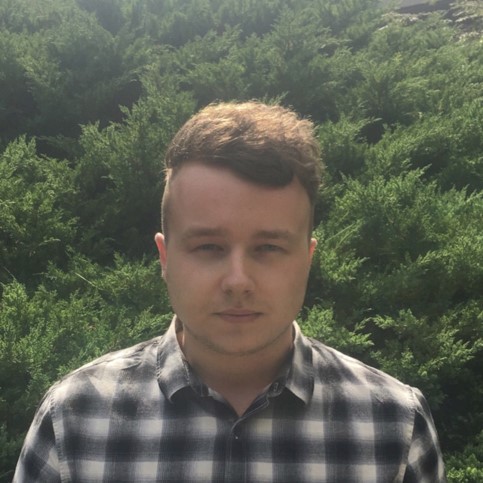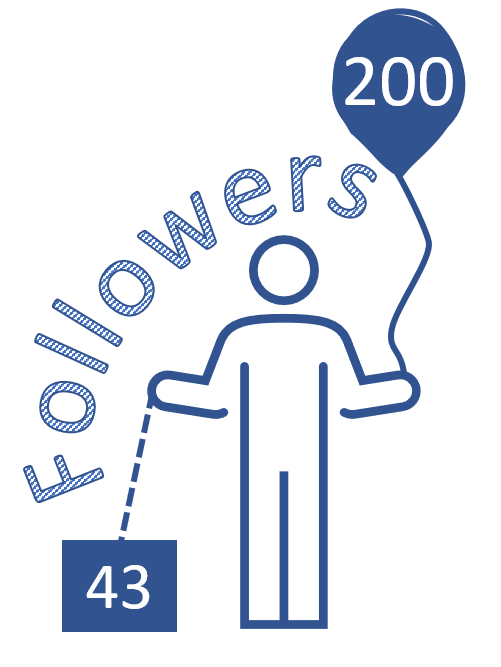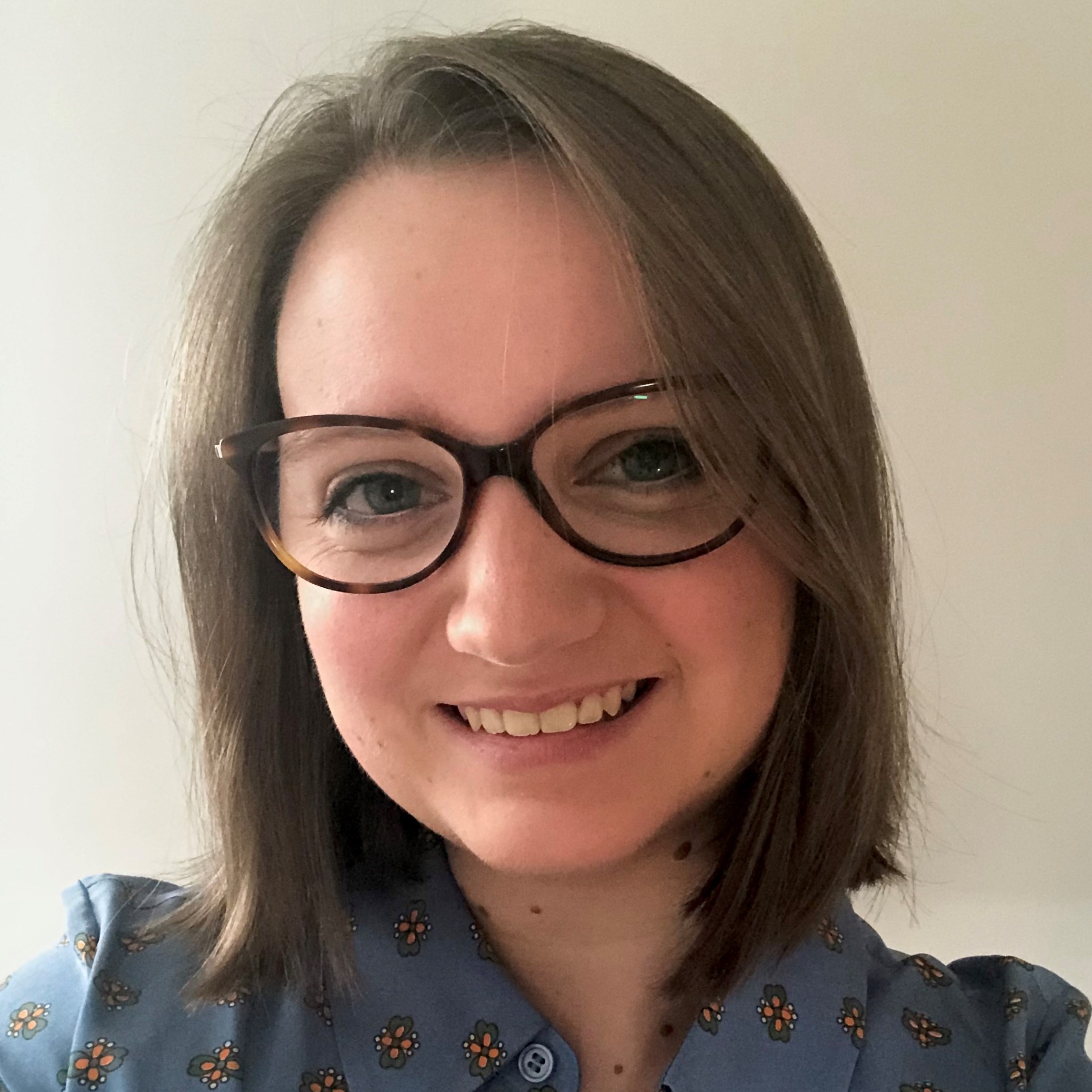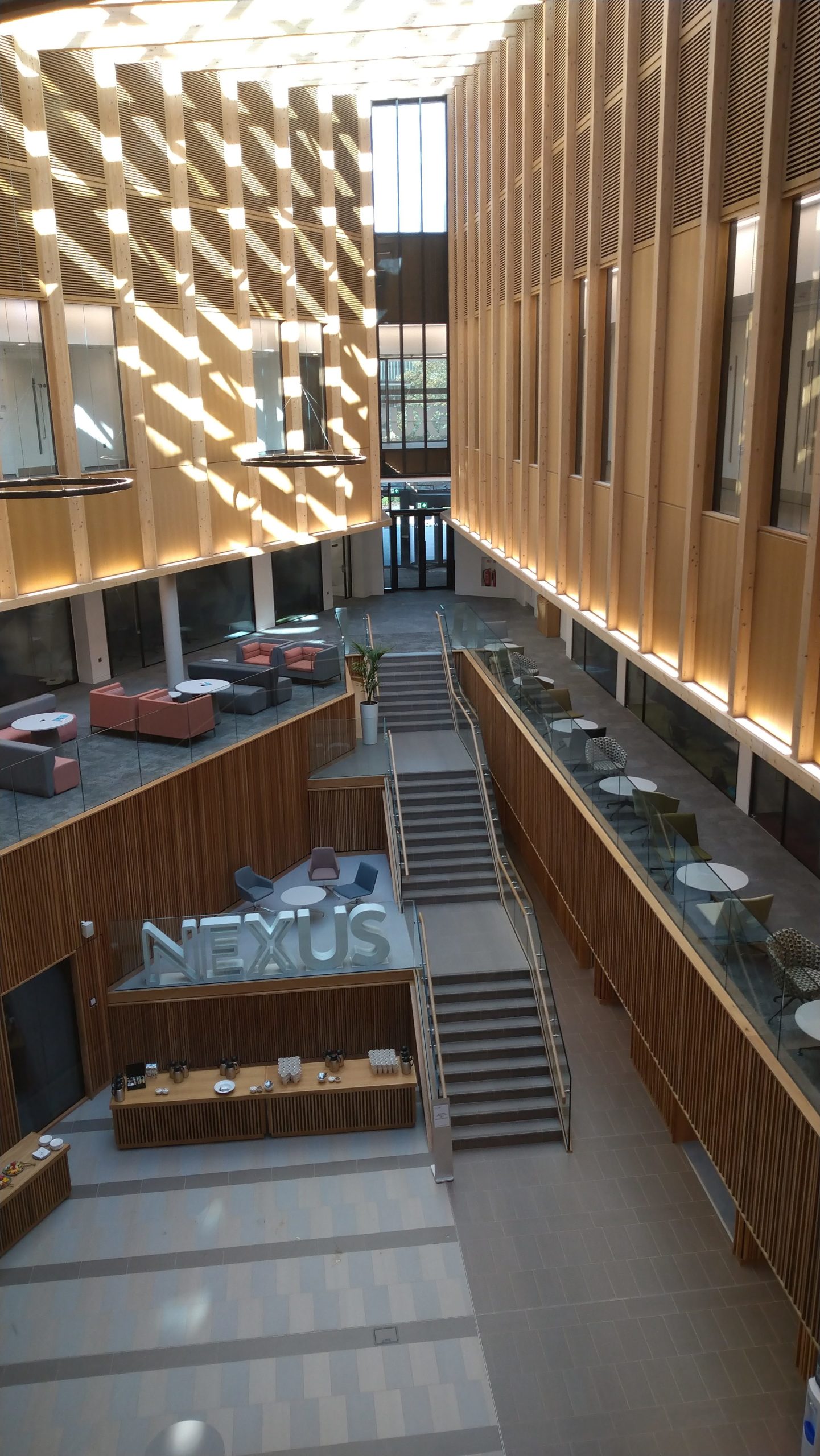One year ago…
Slingshot Simulations started life inside the School of Computing at the University of Leeds, the brainchild of our CEO/CTO David McKee. After months of preparation, the team of 3 moved into their brand new office on 4th September 2019 in the new Nexus building.
Today…
12 months on, with the team increased 3-fold and a bigger office on the horizon, we look back on the past year and celebrate how much we have achieved and how far we have come.

How does the team think it’s gone?
We speak to Richard, Joe, Imogen, Alex, and Sophie to see what they think has been the biggest positives and challenges in the first year of Slingshot:

Richard
For me I’d have to reflect on the remarkable progress Slingshot has made, in terms of getting new projects, meeting the challenges that they bring and advancing our technology to meet client demands. I also think we did well with navigating the recruiting process during COVID.
I think one of our biggest challenges has been handling the scale of data. As the projects got larger it how 3rd party infrastructure can simply survive the challenges of the data that are coming from the simulation. How we make sure they survive. Verification and validation – are we building it right and building what they want? Is it sensible and is it matching the real-world. Is it a Digital Twin?


Imogen
It has been really cool seeing the simulation visuals develop in unity and how far our simulation engine has come. Being able to visualise all of this in a dashboard and seeing what we can visualise has been a big positive.
Scaling all of this for the web has definitely been a challenge. Rendering a large 3D model in the browser can be difficult as you have to make sure the loading time is reasonable and that its interactive at that huge scale.


Joe
It’s been great to see how well everyone adapted to working in the unique circumstances of COVID and how we have continued to expand in general. It’s a huge positive that there are a lot of companies that are interested in working with us and to see that people are generally interested in working with us and they continue to generate their own interest in it. There has been a massive leap in improvement in our data integration this year – we couldn’t visualise anything a year ago and now we can generate large scale models and get meaningful visuals from it.
As the Digital Twin concept is new, it can be a challenge for clients to figure out what they want and we are learning help them figure it out. As the scale gets so big, the challenge arises of how do you sanity check? How do you know what your producing is correct? One part might be right and one might be wrong and no way of checking. Visualising this and the agents moving around has helped with that sanity checking.


Alex
Having worked independently on components, and having the communication of the team to work together to solve any issues has been great. Learning so many new skills and having the opportunity to take the time to understand the tech I’m currently working with has been very beneficial. The feeling that within months of starting in my new position I had already helped deliver on projects in a meaningful way, and those projects being genuinely interesting and purposeful is a huge bonus.
Getting started as a new employee via remote working was daunting at the time, but the way the team at slingshot rallied around the new starters minimised any difficulties getting used to my first developer job as well as understanding the business and culture. I also had some feelings like the work I was doing would take too long or not be good enough quality, and tried to face this by keeping track of achievements day to day and looking back on how far components I’d been working on had come.


Sophie
Its been amazing to see Slingshot going from strength to strength! We have gathered a highly motivated, fun and forward-thinking Slingshot family who allow for an honest and lively environment to work in and never close the door on nontraditional ideas.
The greatest challenge has been keeping up with ourselves! Our R&D speed has been as fast as our data processing speeds and I can’t wait to see more people joining the team this coming year to prevent us from tripping over our own feet!

With so many successes, challenges and changes in the past year, Slingshot Simulations looks very different to the one David began over a year ago. How does he feel about his first year at Slingshot and how does he see it going into its second year? We fired a few questions at him to find out…
Quick Fire Questions with David

How has your typical day changed from what it is now to a year ago?
I’d say that my days now are more structured – I have days where I can focus exclusively on tech development and working with the team, and then I have days that are just about client engagements and business development. A year ago it was running around like a mad man, trying to do everything at the same time, because everything needed done at the same time. I’m probably crazier than I was a year ago, but my schedule is more focused into discrete chunks in the day – I’ve become more organised basically.
What is the one thing you would like to change in the company in the next year?
Over the next year the biggest part of our vision is to take me out of the equation in every engagement. I would like to see the team becomes more autonomous and equipped to deal with engaging, on-boarding and delivering projects. It means we can be more productive and therefore grow. It’s not about me.
What are you the most proud of regarding the companies first year? What was the biggest win?
Without a doubt it is the team. The team and culture we have built of doing phenomenally cool but hard stuff FAST and having fun whilst doing it, most of the time!
What goal do you have for the company in the next year?
The big goal is launching our SaaS solution for Beta users. This focus is on a public SaaS where anybody who wants to, can just sign up and start using it, as if it were Netflix. If we are truly talking about democratising Digital Twins and simulation then the solution needs to be accessible to everyone, both from a technical standpoint (such as user experience) and at an appropriate price point.
What is the companies biggest strength right now?
Again, its primarily the team. We have an incredible team who are able to tackle any problem, and of course that is underpinned by a tech solution that we are able to wield quickly and efficiently.
What have been the biggest challenges for the company this year?
As for any startup, some of the biggest challenges are attracting your first client, and we have also obviously hit technical challenges that were unexpected, but we have got past those so far. And actually recruitment can at times be a huge challenge: Finding the right people is difficult, but again we have succeeded so far and we have been fortunate enough to attract A-star people.
What advice would you give to someone beginning the first year of their start-up based on what you’ve learnt this year?
I think the biggest thing would be to slow down. Don’t panic about trying to get paid clients that 1 or 2 months earlier. Getting it right is sometimes more important than just doing the bare minimum: quality over quantity. At Slingshot we are focused on ensuring that we deliver the highest quality solution and analytics possible, and that can take time. And that’s OK. Its not saying the end solution is slower, its saying that although our tech can run fast, you can’t infinitely speed up humans.
What is more important in the first year of a company: Making the Money or Defining the vision?
The honest answer is that there is a healthy dose of both. You need to generate revenue because you need to demonstrate product market fit. In essence, you need to prove that someone is willing to pay for what you’ve got. But at the same time, that cannot compromise the vision and purpose with which you set out to achieve. It may revise and inform how you realise that vision, but the vision and the ambition are what they are, and they are what attracts the best people. The vision is the heart of the company and it is what we will, and need to, continue striving to achieve. At Slingshot, that is specifically to democratise simulation and Digital Twins to be accessible to any company for the purposes of making smart decisions.
What are you most excited about for the coming year?
- Launching our SaaS solution because that starts us on the road of actually realising our vision
- Continuing to build the culture with the team and growing that team
- I am also excited about the scale of some of the projects that we are looking at. Dealing with the technical challenges, and the achievement of solving that.
Start-ups are notoriously busy…what do you do outside of the office to wind down?
This year has been quite hard to do anything outside of the office as we have been in lockdown for a big portion of it, but I definitely unwind with one of 3 things:
- DIY projects
- Walking, preferably with my Wife
- Watching Sci-Fi



